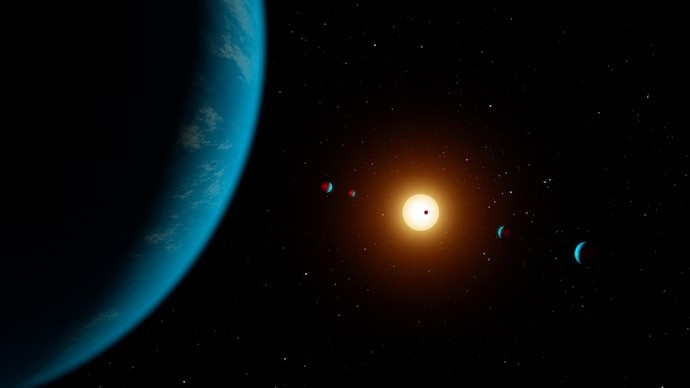Free Courses Sale ends Soon, Get It Now


Free Courses Sale ends Soon, Get It Now



Disclaimer: Copyright infringement not intended.
Context
About Sub Neptune Planets
Key Findings
What are Exoplanets?
Discovery of Exoplanets
Significance
A large exoplanet orbits a very low-mass star
Facts About Neptune
|
PRACTICE QUESTION Discuss the significance of the discovery of exoplanets in the context of our understanding of the universe and its implications for the search for extraterrestrial life. |
© 2024 iasgyan. All right reserved